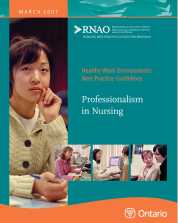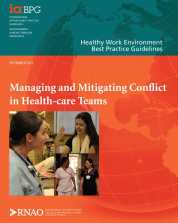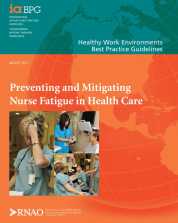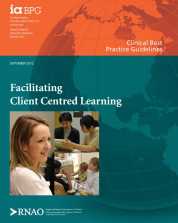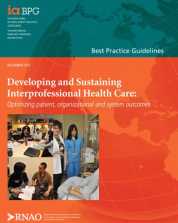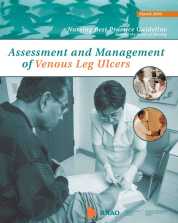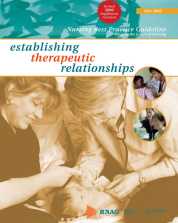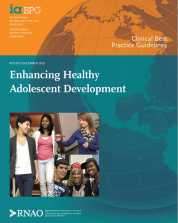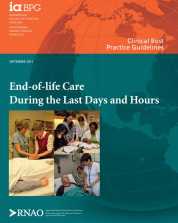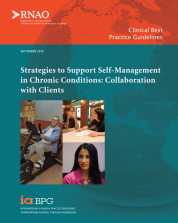The purpose of this best practice guideline (BPG) is: to identify the concept of professionalism as a guiding tenet that enhances outcomes for nurses, patients, organizations and systems; to define the attributes of professionalism; to identify and discuss the evidence related to each attribute of professionalism; and to provide strategies for success.
The purpose of this best practice guideline (BPG) is to manage and mitigate interpersonal conflict among healthcare teams with the view that while some conflict is preventable, healthy conflict can also be beneficial.
The purpose of this best practice guideline (BPG) is to identify and describe: practices that result in preventing and mitigating fatigue for nurses and other health-care professionals; system resources that support practices to prevent fatigue; organizational culture, values and resources that support effective practices to prevent fatigue; personal resources that can be used to prevent or mitigate fatigue; and anticipated outcomes when fatigue is effectively managed.
The aim of this best practice guideline (BPG) is to provide evidence-based recommendations for Registered Nurses, Registered Practical Nurses and other health-care providers to facilitate client-centred learning that promotes and enables clients to take action for their health.
The purpose of this best practice guideline (BPG) is to foster healthy work environments.
The purpose of this best practice guideline (BPG) is to:
• improve outcomes for venous leg ulcer clients,
• assist practitioners to apply the best available research evidence to clinical decisions, and
• promote the responsible use of healthcare resources.
The purpose of this best practice guideline (BPG) is to address the therapeutic relationship and its central importance to nursing practice. Effective nursing practice is dependent on an effective therapeutic relationship between the nurse and the client. The guideline addresses the qualities and capacities of an effective therapeutic relationship, the state of knowledge, and the knowledge needed to be effective in a therapeutic relationship.
The purpose of this best practice guideline (BPG) is to assist nurses working with youth in a variety of practice settings, i.e. schools, public health units, community health centres, adolescent clinics, hospitals, and in family practice. Recommendations are inclusive of adolescent development across diverse contexts (e.g. cultural, socioeconomic, structural, political.)
The purpose of this best practice guideline (BPG) is to provide evidence-based recommendations for registered nurses and registered practical nurses on best nursing practices for end-of-life care during the last days and hours of life.
The purpose of this best practice guideline (BPG) is to provide evidence-based recommendations for registered nurses and registered practical nurses in self-management support. These recommendations identify strategies and interventions that enhance an individual’s ability to manage their chronic health condition.
